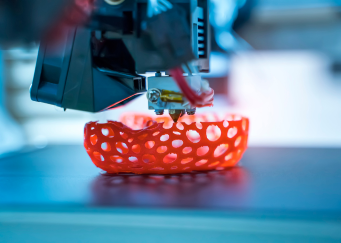
To address these questions, a team of researchers from Nanyang Technological University (NTU)’s School of Mechanical and Aerospace Engineering (MAE), alongside Professor Gao Huajian, a Distinguished University Professor at NTU, are tapping onto NSCC’s supercomputing resources to gain a deeper understanding of the interaction mechanisms between nanomaterials and biological systems. By grouping different 2D nanomaterials into regulatory and risk categories, the team hopes to develop safe design strategies for the use of these materials in various applications and ultimately, generate substantial knowledge that will help guide the safe development and use of 2D nanomaterials in the future.
To find out more about how NSCC’s HPC resources can help you, please contact [email protected].
NSCC NewsBytes January 2023

To address these questions, a team of researchers from Nanyang Technological University (NTU)’s School of Mechanical and Aerospace Engineering (MAE), alongside Professor Gao Huajian, a Distinguished University Professor at NTU, are tapping onto NSCC’s supercomputing resources to gain a deeper understanding of the interaction mechanisms between nanomaterials and biological systems. By grouping different 2D nanomaterials into regulatory and risk categories, the team hopes to develop safe design strategies for the use of these materials in various applications and ultimately, generate substantial knowledge that will help guide the safe development and use of 2D nanomaterials in the future.
To find out more about how NSCC’s HPC resources can help you, please contact [email protected].
NSCC NewsBytes January 2023





